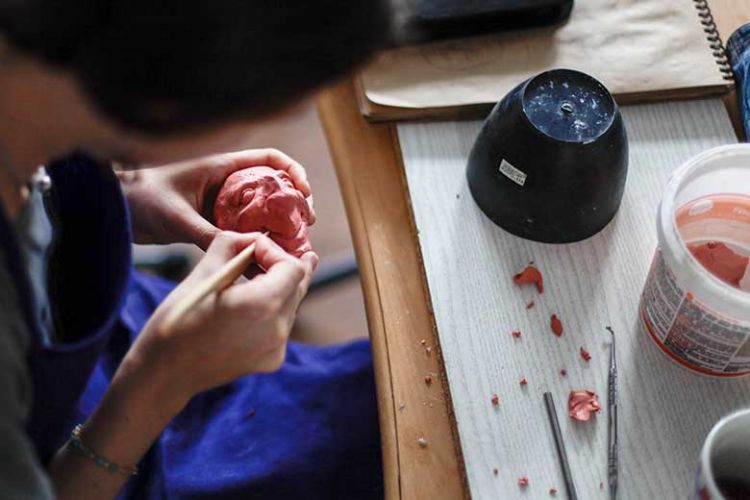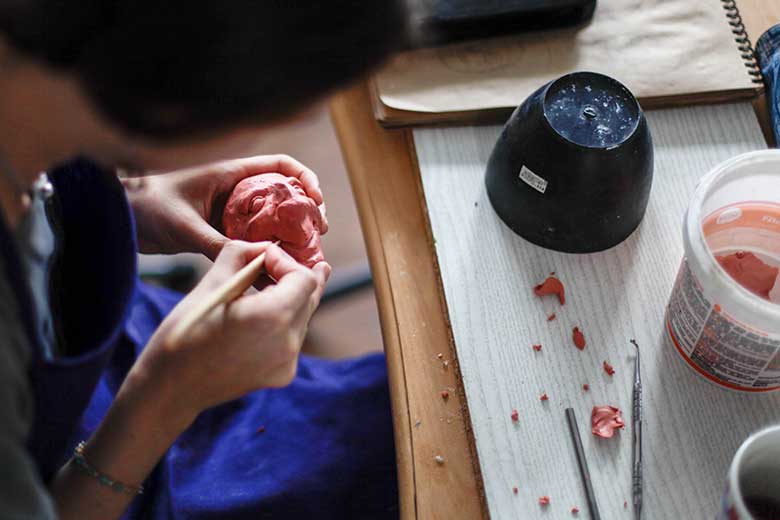A mind for set design that puts creativity centre stage

GITIS prepares its students for theatre, films and TV with a diverse, innovative approach
The advice that Stanislav Morozov gives his students is clear. “You must love theatre,” says the head of the set design department at the Russian Institute of Theatre Arts (GITIS).
Professor Morozov, an architect by training, did not begin his career in the arts. “I was invited to work in television in the editorial office of literature and drama programmes, where I created a scenographic space for lots of performances. This determined my future creative life,” he says of nearly 30 years spent working with some of Moscow’s leading directors on more than 150 TV shows.
An honorary member of the Russian Academy of Arts, Professor Morozov has been teaching stage design at GITIS since the department was created in 1992. “In the institute, there were many departments that trained actors and directors related to musical and drama theatres,” he explains. “And, of course, we needed graduates who could create scenographic spaces for all types of theatre art.”
Within the department, four- and five-year bachelor’s degree courses are offered in theatre design, theatre costume design, puppet theatre design and puppet theatre directing. These courses align with the creative vision for GITIS, the largest and oldest state-owned theatrical arts school in Russia. It aims to train Russian and international students in various disciplines using a combination of traditional tertiary education and modern innovative methods.
“The programme trains set designers with such a diverse knowledge of theatre that they will be able to solve the most difficult tasks in any field – theatre, film and television – and to teach, do graphics and painting,” Professor Morozov says. “Whereas before the basis of scenography was architectural and pictorial objects, now there are many new trends in lighting and projection. These new trends are included in the student training programme, and all of this makes graduates feel confident on any stage.”
The teaching is complemented with practical work experience at leading Moscow theatres, where students help to make sets for major productions. Professor Morozov’s own work in creating sets for some of Moscow’s top theatres was recognised with a medal for outstanding contribution to the national culture. He continues to work on leading shows, including The Captain’s Daughter, which premiered at the Nikitsky Gate Theatre in 2019. Another production at the theatre, based on the life of Fanny Kaplan, the woman who allegedly attempted to assassinate Lenin, will also use Professor Morozov’s lighting and projection set-up.
Having worked in Austria, Belgium, the Czech Republic and France, Professor Morozov shares his international experience with the next generation of set designers, and the department encourages collaborations with international universities. “This gives you an opportunity to learn new trends in the development of scenography, because in different countries it is approached in different ways,” he says.
Whatever the location, working with the director and immersing yourself in the story being told is essential for producing a great stage, says Professor Morozov. “To create a wonderful scene, you need to read the play carefully, discuss everything with the director, understand how he sees the scene – and don’t impose your vision of what is happening.”
Professor Morozov also believes that knowing the history of theatre is as important as understanding the latest technical advancements – and that embracing the art form will lead to success. “We must accept theatre with an open soul, with all our heart,” he tells his students. “This is your life.”
Find out more about GITIS.
